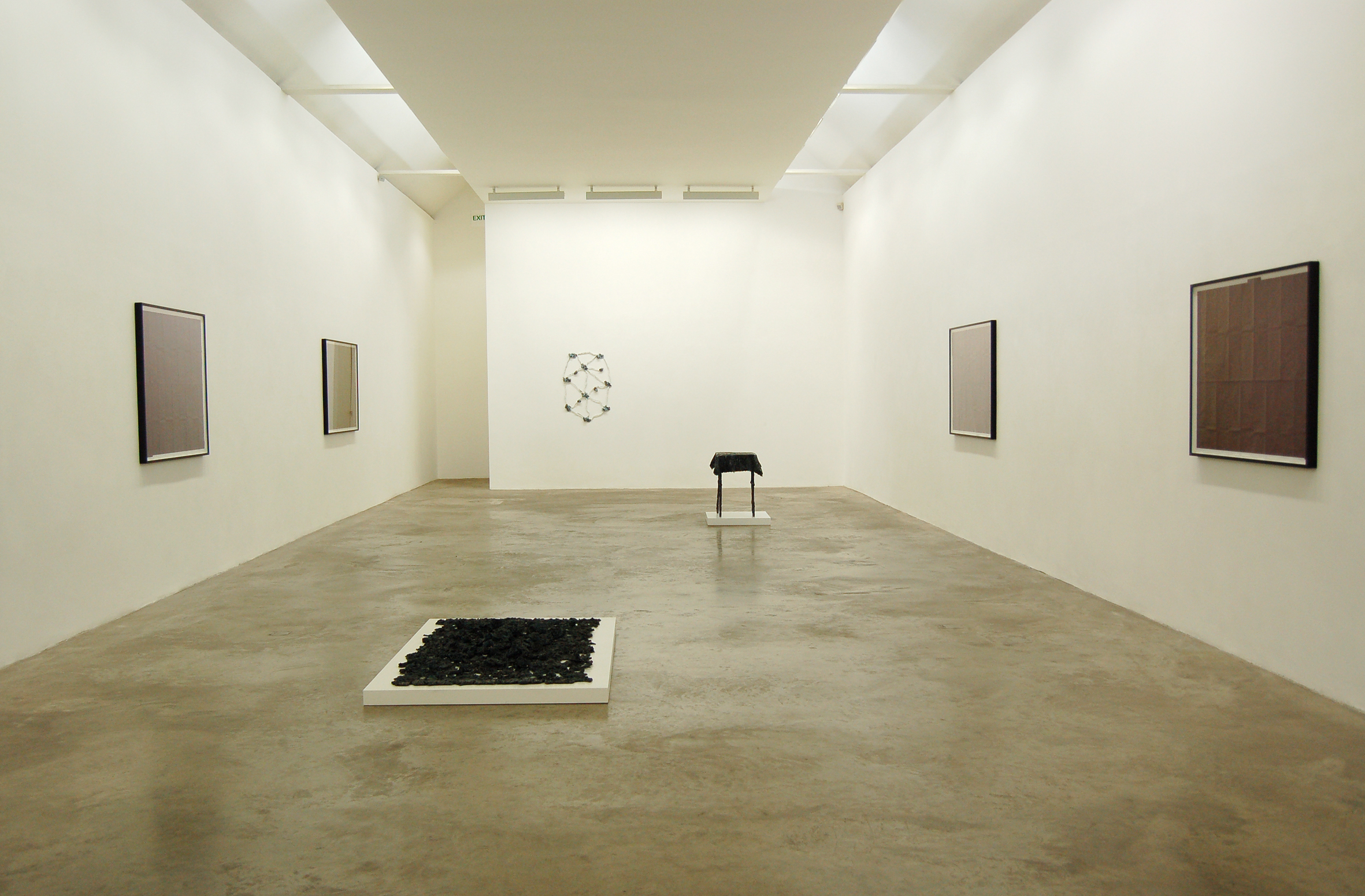Kathy Prendergast, a Dublin-born and London-based artist, recently launched her latest exhibition, Atlas, at the Kerlin Gallery. Through the unique approach of mapping and cartography, Prendergast investigates themes such as migration, borders and movement.
According to the Kerlin Gallery, her work investigates the notion that “all maps are subjective” and explores ideas surrounding colonialism, territory and ownership of land. By minimizing the importance of borders, Prendergast’s work in this medium provokes the viewer to see huge land masses through population and settlement, rather than arbitrary boundaries.
Maps and cartography are consistent elements in Prendergast’s work. This exhibition, in particular, focuses on settlement. The artist used the AA Road Atlas of Europe and painted over each page with black Indian ink before highlighting areas with dense population, namely major cities and towns, and settlements with small, white circles. In the gallery space, about 100 books, a deceptively vast amount, are open to different pages, with each page representing a different country and geographic location, ranging from Amsterdam to Bilbao, as well as a solitary Reykjavik, which is immediately present when you first enter the exhibition space. Each atlas page is in the language of the country represented.
The Kerlin Gallery provided a well-suited space for the works to be displayed. The minimal nature of the gallery allows for the viewer to appreciate the maps with little distraction. The individual books are shown on small tables, low enough to invite the viewer to look closer in an attempt to distinguish what countries are being represented underneath the layers of black and to appreciate the areas of settlement and dense population, raising important questions about the allocation and ownership of different territories. Interestingly, the space allows the viewer to walk around a paper version of a Europe we are very familiar with, while creating a space to question this feeling.
Navigating my way through the exhibition, familiar geographic locations jump out at me, creating an almost immediate connection with the art on display. I was fascinated with looking past the streaks of black Indian ink and was curious to see what countries were represented on each page of the atlas, negating her objective of focusing on population rather than borders. The names of locations were just faintly visible through the dark layers. I was seduced by my own curiosity and couldn’t resist exploring what countries were represented, much against the artist’s goal.
Ultimately, however, Pendergast’s exhibition provides an inviting space for the exploration of ideas of belonging and borders through a unique medium.
Prendergast will launch an exhibition, Black Maps, in the Douglas Hyde Gallery on November 18th. Atlas runs in the Kerlin Gallery until December 10th. Admission is free.







